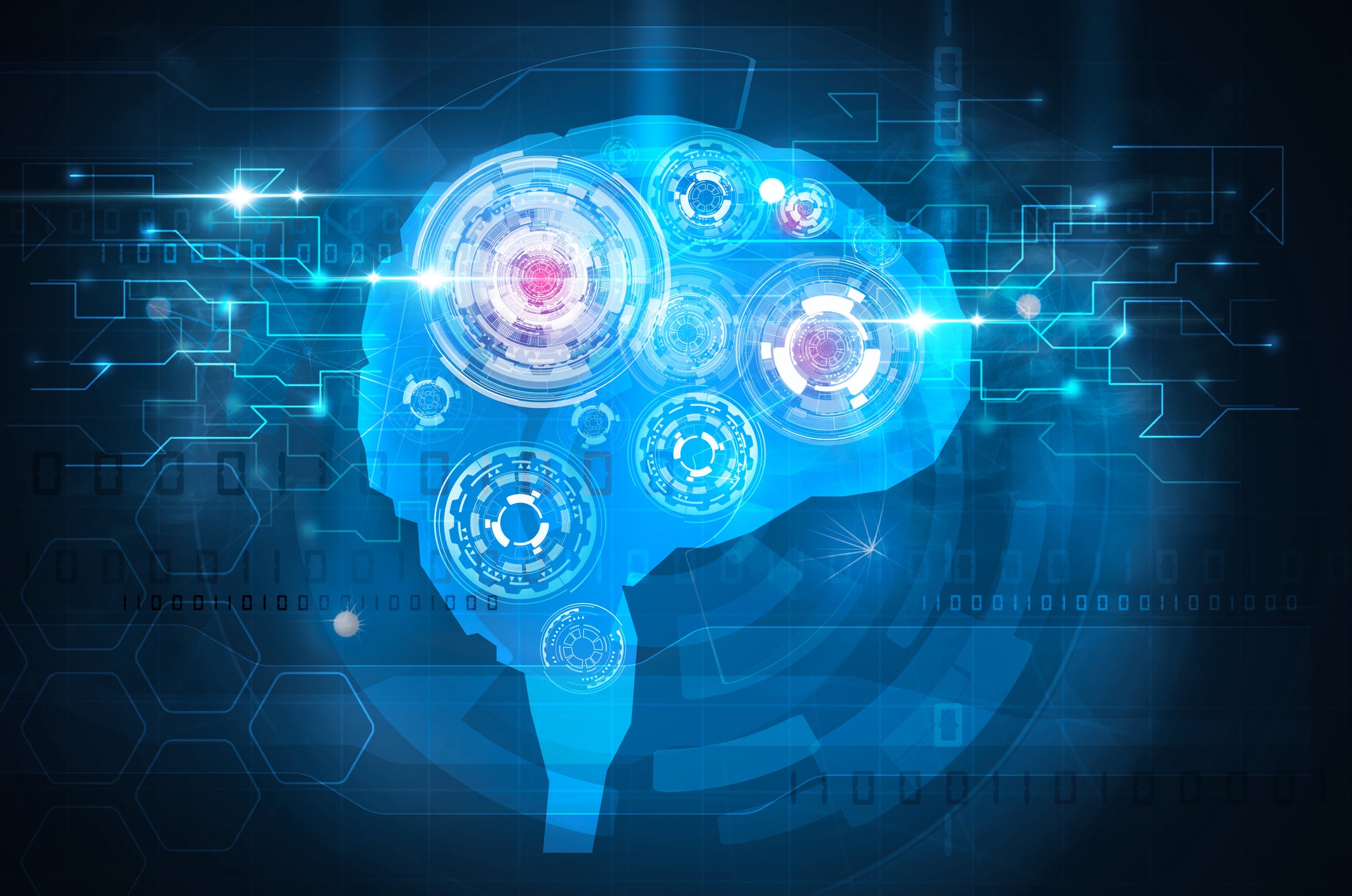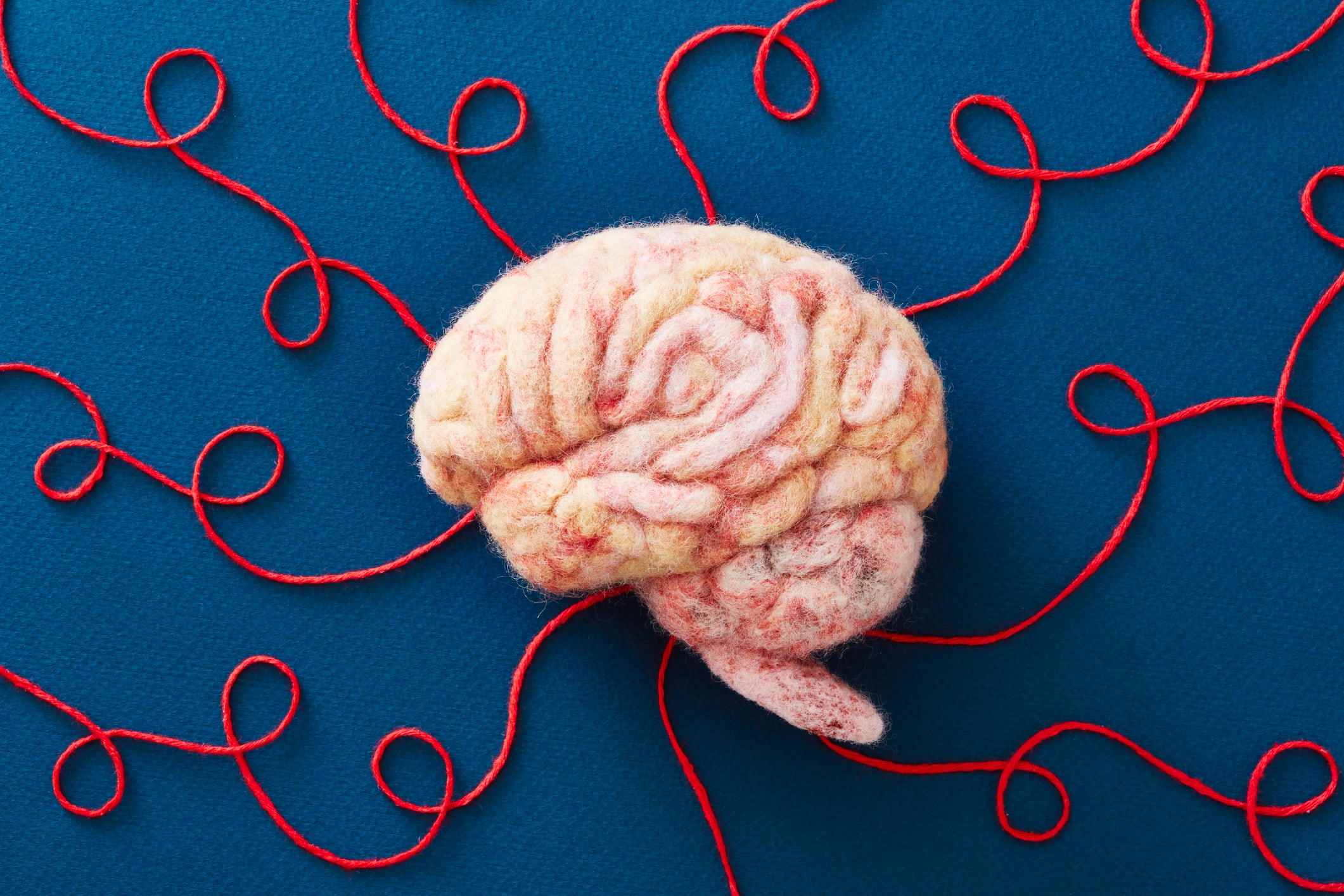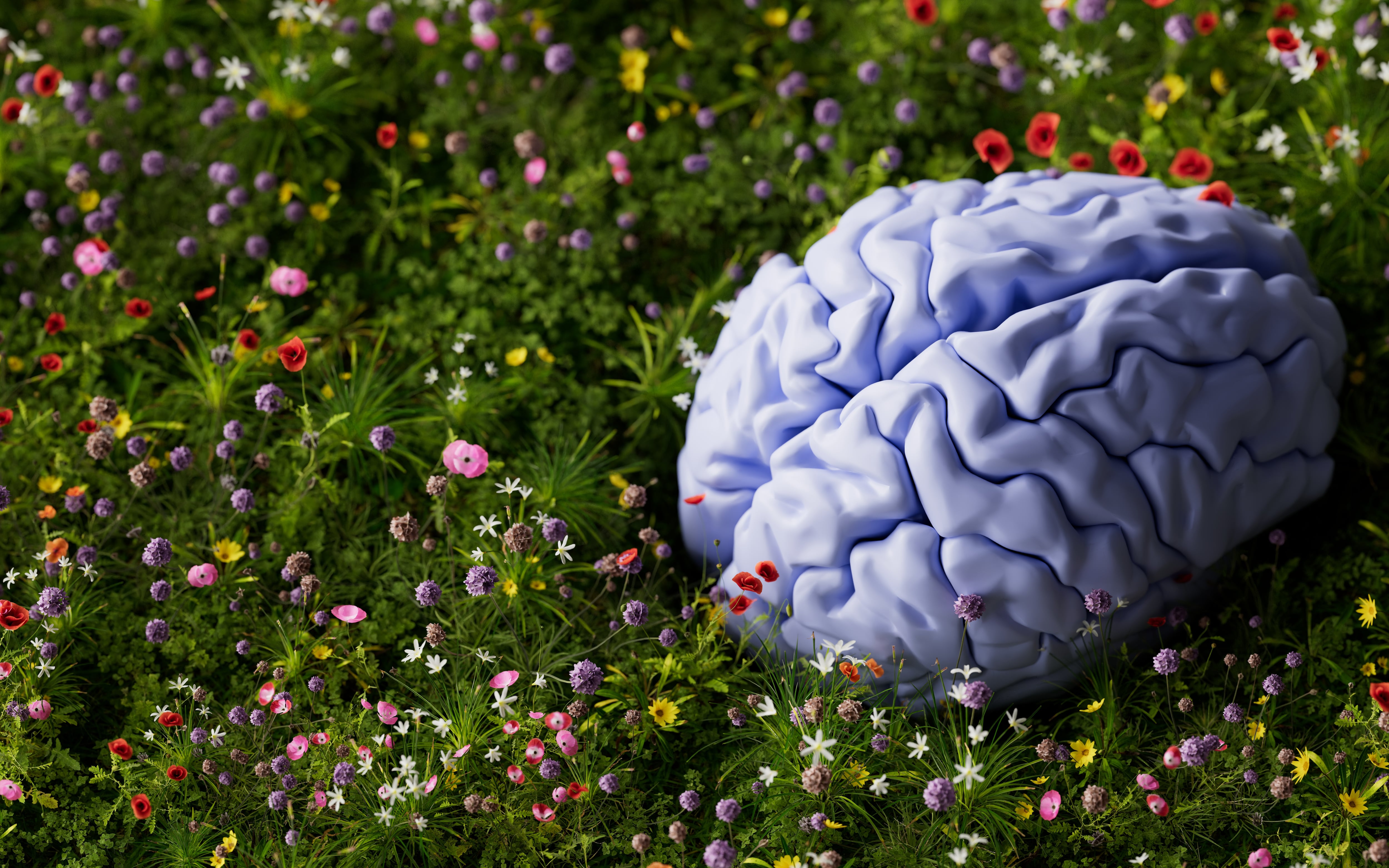Studying mind health benefits opens researchers to a myriad of challenges, whether the balancing act between biological and emotional response data, the mitigation of prevalent placebo-effect or navigating neurodiversity among participants.
“Mind health is a difficult one to pin down because it involves a combination of different realms of health,” Miguel Toribio-Mateas, neuroscientist and lecturer at the University of West London, told NutraIngredients. “It’s memory, executive function, stress, resilience, motivation, focus, calm.”
He noted an evolution of consumer interest from targeted brain and cognitive health benefits to more holistic mind health claims.
“For many people it’s about feeling an energy high without feeling the jitters, it’s about feeling calm without feeling fatigue, people want both at the same time,” he said.
Kriti Chaudhary, associate director of partnerships and strategy at Vedic Lifesciences, noted much of the challenge with studying this aspect of health is the mix of biological and emotional outcomes, some of which cannot be measured.
Simply put, she explained: “Two people with the same stress score might actually feel very different levels of tension or calmness.”
What’s more, the placebo effect can be especially impactful when it comes to mind health supplements, especially in mood or stress studies, according to Stephanie-Anne Girard, director of scientific affairs at SGS Nutrasource.
Girard said the main challenges are reliability and sensitivity as, “small effects can get lost in noise”.
This is where adding objective biomarkers, such as blood-based measures of neurotrophic factors (e.g., BDNF) or inflammatory markers, can complement cognitive outcomes and help detect subtle intervention effects.
Methodologies
In line with this, most mind health-focused studies will assess biological markers alongside digital assessments and self-reported questionnaires.
Biological and physiological markers can be assessed for inflammatory markers and hormonal profiles.
Blood samples are used to establish serum cortisol, brain-derived neurotrophic factor (BDNF) and inflammatory markers such as C-reactive protein (CRP) and intereukin-6 (IL-6).
Saliva samples can also be used for cortisol and alpha-amylase (stress-related enzyme) analysis, urine can reflect metabolic and hormonal changes, and stool samples allow for gut microbiota analysis, which is increasingly relevant in gut-brain axis research.
Neuroimaging is a non-invasive technique to visualize the structure and function of the nervous system in the brain. It can be used to assess processes like perception, memory and emotion. Techniques include: fMRI (Functional Magnetic Resonance Imaging) for measuring brain activity by detecting changes in blood flow; EEG (Electroencephalography) which records electrical activity in the brain for assessing cognitive and emotional processing; and PET (Positron Emission Tomography) which assesses metabolic processes in the brain.
Cognitive Function Assessment Tools
A wide range of tools is available for cognitive assessment. Among the most commonly used are: The Mini-Mental State Examination (MMSE), which assesses orientation, memory, calculation, language and the ability to follow commands; the Montreal Cognitive Assessment (MoCA), which evaluates domains such as attention, memory, language and executive functions; and the Attention Network Test (ANT), which measures how the brain maintains alertness and focus while managing distractions—making it particularly useful in assessing the effects of botanicals that enhance mental performance without overstimulation.
There is also a variety of subjective questionnaires designed to assess an individual’s perceived changes their mind state. Just a couple of examples of these tests include Profile of Mood States (POMS) or Cognitive Failures Questionnaire (CFQ).
Tools like the Perceived Stress Scale (PSS) and State-Trait Anxiety Inventory (STAI) help capture both emotional balance and alertness in a complementary way.
Technological advances
Wearables allow for the collection of vast amounts of passive data, such as GPS location, accelerometer data, screen time, and typing speed. This information can be analyzed alongside active data, such as self-reported surveys, mood check-ins, voice recordings and cognitive tasks.
Toribio-Mateas noted heart rate variability (HRV) is an on-trend biomarker, alongside sleep tracking from validated wearables.
“Heart rate variability (HRV) is a trendy marker for mind health,” he said. “It’s been used for years, but now that you can track it on an Apple watch or fitbit, people can analyze their patterns in the moment, and that gives an indication of stress resilience.”
Wearable devices alongside AI have allowed for ‘digital phenotyping’—the process of measuring and analyzing data from digital devices to gain insights into an individual’s behavior, mood and health in real-time.
What’s more, Chaudhary noted that the evolution of AI-based cognitive testing platforms such Creyos (previously named Cambridge Brain Sciences) has contributed to the standardization and analysis of results at scale.
Advancements in multi-omics tools help researchers uncover biologically meaningful insights by integrating genomic, transcriptomic, proteomic and metabolomic data to see how ingredients influence gene expression and gut-brain communication.
Advancements in EEG technology has made devices more portable, with innovations like flexible headbands enabling extended use outside the lab. At the same time, AI and machine learning have significantly improved data analysis.
Blind spots
One key challenge in mind health research is the impact of individuality. Dr Sachin Dighe, associate director of claims substantiation at Vedic Lifesciences, noted that genes like COMT and lifestyle factors such as sleep and stress resilience can greatly affect results.
“Several aspects of mental health are still hard to measure,” he said. “Emotional intelligence, mindfulness and inner calm are meaningful outcomes, but we don’t yet have precise biomarkers for them.”
He added that long-term prevention is underexplored: “We need more multi-year trials to understand how these interventions protect brain health over time.”
Toribio-Mateas emphasized the importance of scientists collaborating with experts in qualitative research to gain deeper, more individualized insights.
“I feel what is lacking is asking people a broader range of questions to get to the information that you can never get from a blood test,” he told NI. “‘How have you felt through this process?’ rather than simply learning if their heart rate is within a normal range, or if they are stressed according to a reported scale.
“Of course, to be able to sit down with each participant for an hour requires time and resources, and often studies are restrained by limited budgets.”
He added that understanding underlying and impactful differences between the participants can be a big stumbling block in terms of genetics, microbiomes and neurodivergences.
“Anyone with neurodivergence, or even those with abuse in their past, the wiring of their nervous system is different, as is their microbiota,” Toribio-Mateas said. “So someone who has experienced trauma might struggle to get the same mind health benefit from a probiotic.”
Qualitative interviews also enable researchers to track important impactors such as social connection and sense of purpose.
“These things are such an important element of mind health but to include them in a clinical trial is tricky,” Toribio-Mateas said.
Dr. Dighe added: “The second challenge is understanding synergy—how multiple botanicals interact to produce a greater effect on mental health than individual compounds.”
Looking to the future
He said emerging research is now exploring broader systems rather than single nutrients, with some of the promising ingredient groups being fermented botanicals for improving BDNF levels and lowering inflammation, and postbiotics as the next generation of gut-brain communication modulators.
“Looking ahead, we believe that rather than any specific ingredient, the holistic approach covering multiple aspects of brain and mind health will have more exciting potential,” he added.
For example, he mentioned adaptogenic combinations such as ashwagandha, rhodiola and bacopa which can work on different mechanisms of action to provide multi-pathway support for balancing stress, focus and memory through NRF2 and BDNF activation.
He further suggested there will be increased knowledge and utilization of gene-based personalization.
“Mind health science is moving from symptom control to system understanding,” he said. “The future isn’t about chasing sharper focus but about creating sustainable balance between the brain, body and behavior.”
Ingredients front of mind
Several ingredients have strong bodies of research to back their mind health benefits, such as ashwagandha, found to support stress , sleep and focus through HPA-axis and BDNF modulation.
A study of bacopa monnieri , utilizing neuropsychological testing, suggests the ingredient can enhance learning and memory via antioxidant and cholinergic pathways.
The VITACOG study used nuclear magnetic resonance and multi-platform liquid chromatography tandem mass spectrometry metabolomics on serum samples to indicate that B-vitamins can slow brain atrophy.
The COcoa Supplement and Multivitamin Outcomes Study (COSMOS-Web) concluded cocoa supports memory, based on data collected via: 16S rRNA gene sequencing of stool samples to assess microbial composition, analysis of inflammatory markers CRP and IL-6 in blood sample, as well as glucose, insulin, lipid profiles and HOMA-IR (Homeostatic Model Assessment of Insulin Resistance).
Research supports omega-3 (DHA/EPA) for its ability to improve neuronal membrane function and cognitive performance.
In short-term randomized trials , curcumin supplementation has been shown to increase serum BDNF levels in humans, and a meta-review of curcumin also suggests its effects on cognitive domains, noting anti-inflammatory and neuroplastic mechanisms.
A recent RCT supports L-theanine’s ability to promote calm focus and increase alpha-wave brain activity.




